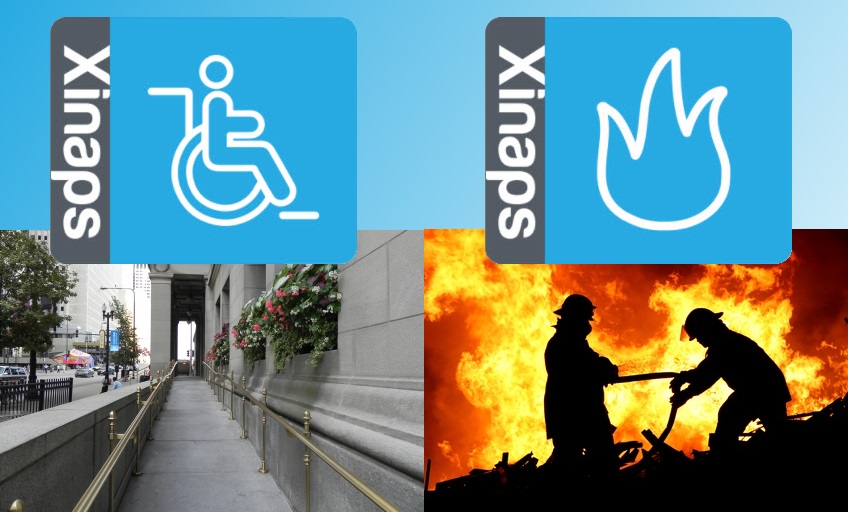Xinaps empowers design professionals to design more efficiently by minimizing manual work and utilizing building data. Their tools are the first to validate elements within a building model and visualize the outcome directly within the 3D design software. Founded in 2015, they are a forward-thinking team that creates smart model validation tools within design software because they believe the building design process needs to be simplified and optimized. Their clients play an active role in tailoring the features of each solution. Hand in hand, they work hard on shaping innovative architectural tools right within Autodesk Revit such as their Wheelchair Accessibility Evaluator and Fire Safety Assessor plug-ins. [xinaps.com]
Last week I wrote a blog article about some Autodesk Forge-related work that Xinaps is doing with their customer, Grundfos.
Xinaps is an Autodesk Forge partner. Forge is our application program interface (API) platform and supporting materials (sample code, manuals) as well as a community of developers who uses those APIs. Although Forge is intended for our customers and 3rd party developers to be able to use our web services, we use Forge for our development of the cloud-based services that we offer. Customers like Xinaps can leverage Forge in the same ways that we do.
Forge is defined by 7 groups of APIs.
- Authentication
- Automation API
- Reality Capture API
- Data Management API
- Model Derivative API
- Viewer
- Webhooks API
For the Grundfos solution, Xinaps used Authentication to protect the security of Grundfos and Grundfos' customers' data. The Object Storage Service of the Data Management API allows Xinaps' solution to download and upload raw files (such as RVT). The Model Derivative API lets Xinaps represent and share designs in different formats, as well as to extract valuable metadata into various object hierarchies. With this API, Xinaps can extract metadata from Revit files. Xinaps can translate a design into different formats, such as STL and OBJ, but the key one is that they can have it translate a design into SVF for rendering files in the Viewer. Allowing Forge to render their files in the Viewer is a hassle-free way for Xinaps to share data without having to deal with all of the peculiarities of these various browsers.
Xinaps programmers have extensive experience in Revit plug-in development. To date, they have combined that with their expertise in accessibility and fire safety to provide plug-ins for accessibility and fire safety. By using Forge, Xinaps programmers have been able to not only take advantage of cloud computing but also expand their expertise to include other areas of the AEC industry. In the case of Grundfos, it was water booster solutions; however, with the power of Forge at their disposal, their opportunities are far and wide for serving the industry. Forge gives Xinaps opportunities in the design/build process where they would previously be excluded.
Autodesk has always been an automation company, and today more than ever that means helping people make more things, better things, with less; more and better in terms of increasing efficiency, performance, quality, and innovation; less in terms of time, resources, and negative impacts (e.g., social, environmental, waste of human potential). Autodesk Forge is an integral part of our automation plans. The work that Xinaps is doing with Forge is a perfect example of this.

